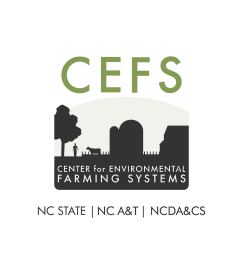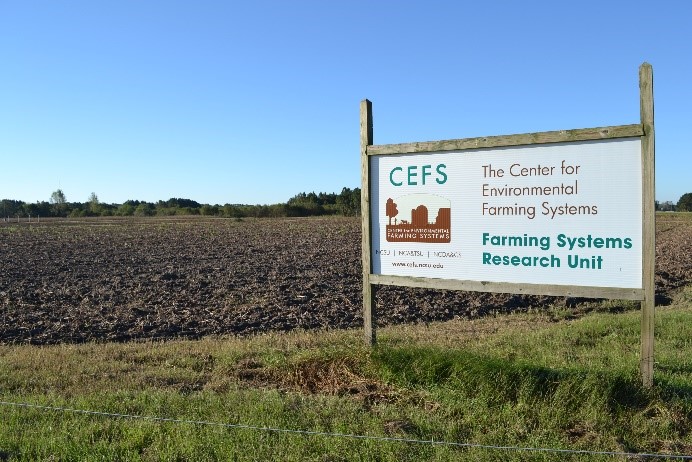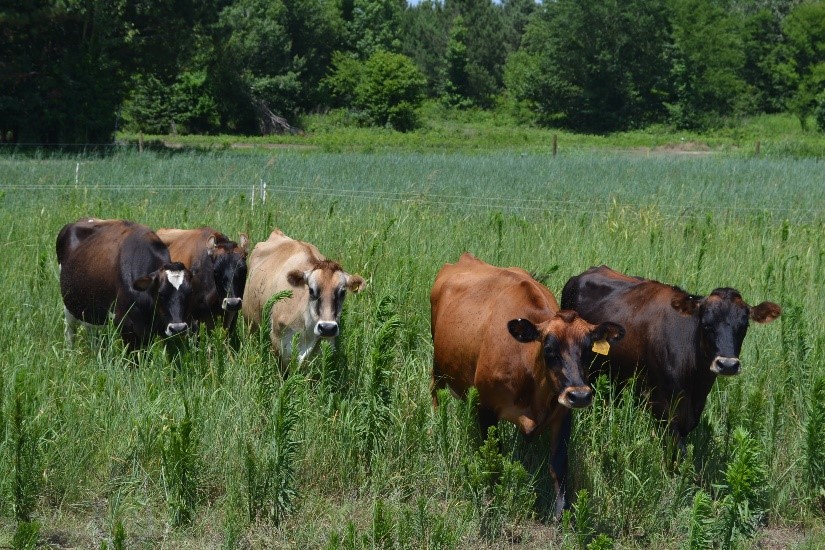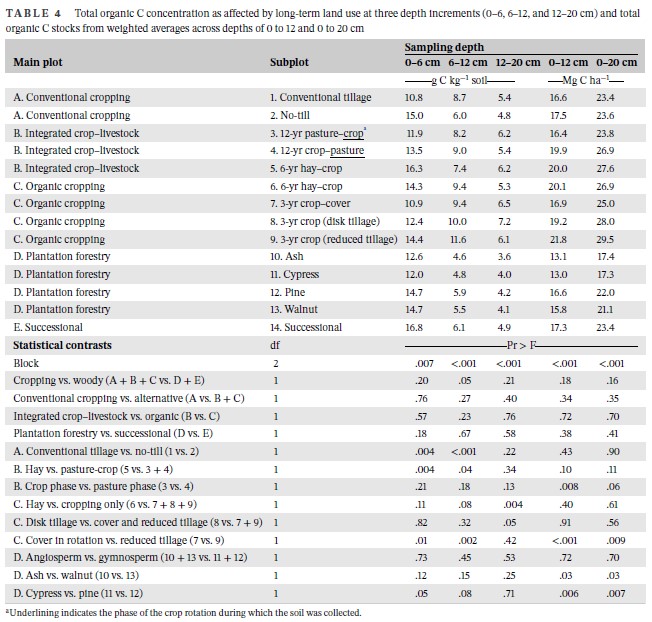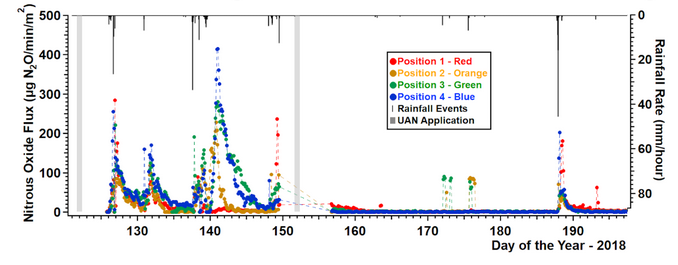Farming Systems Research Unit
The Farming Systems Research Unit compares farming systems that require different levels of inputs such as nitrogen fertilizer, water, and energy. They also entail different farming practices that can reduce the disturbance of soils and improve their water retention capacity. One variable that is analyzed is the amount of greenhouse gases, such as nitrous oxide and carbon dioxide, released under different systems. Measuring and mitigating the emission of GHG from soil in farm fields is a step towards a broader climate change mitigation strategy.
A component of the climate change adaptation process is the study of cover crop use. More infrequent and intense rainfall increases the need for soils to receive and hold onto water. Incorporating cover crops as a residue on the surface can lower evaporation and prevent surface crusting.
What research results have been found so far?
Soil organic carbon storage
- Plantation forestry had greater surface residue carbon and nitrogen than cropping systems
- Crop-livestock and organic systems had greater soil carbon and nitrogen than conventional systems
- Reduced tillage was more important for soil carbon and nitrogen than cover cropping with tillage
- Forage-based rotations, limited tillage, and organic inputs benefited soil carbon
Source: Franzluebbers, A.J., Reberg-Horton, S.C., & Creamer, N.G. (2020). Soil carbon and nitrogen fractions after 19 years of farming systems research in the Coastal Plain of North Carolina. Soil Science Society of America Journal, 84, 856-876.
Greenhouse Gas Emission Monitoring Project
Preliminary results from the experiment show an extremely detailed temporal resolution, and demonstrate that the use of traditional static chamber protocols underestimates the amount of N2O released by the systems. The analysis demonstrated that poorly drained, saturated soils or excess fertilizer application lead to higher emissions of this GHG.
For more information visit the Greenhouse Gas Emission Monitoring Project page on CEFS website.

